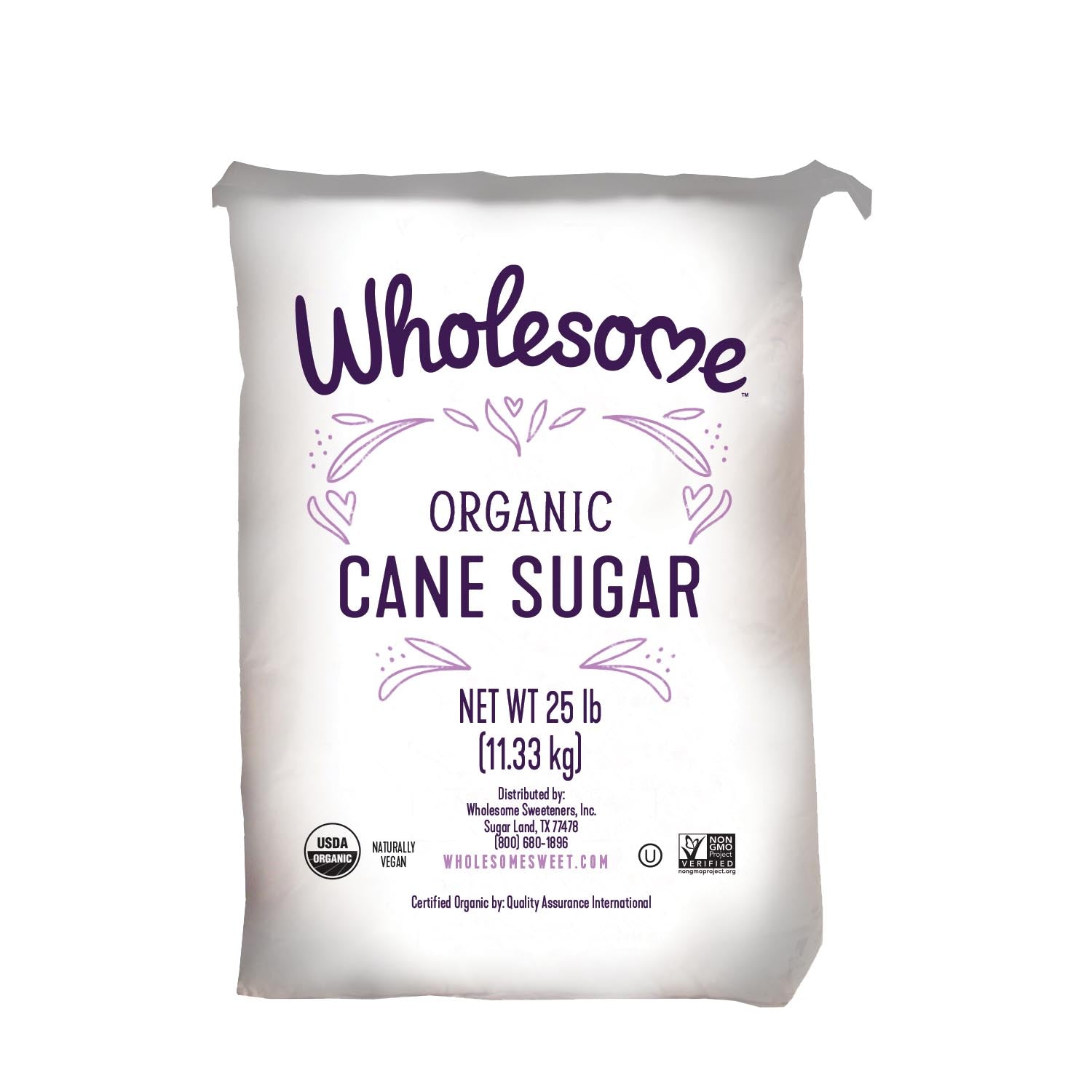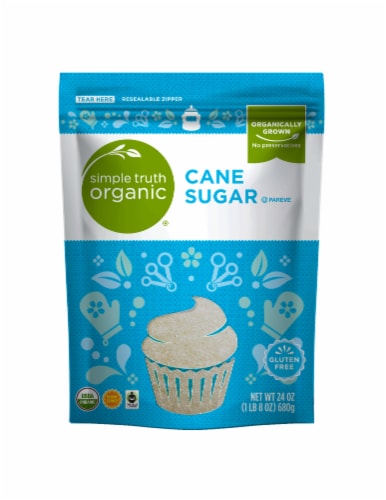Cane Sugar Processing: Trick Technologies for Superior Sugar Production
Cane Sugar Processing: Trick Technologies for Superior Sugar Production
Blog Article
Checking Out the Comprehensive Steps Associated With Cane Sugar Handling From Collecting to Refinement
The process of cane sugar manufacturing encompasses a collection of detailed actions, starting with the cautious harvesting of sugarcane and finishing in the refinement stages that make sure the last item fulfills sector requirements. Each phase, from the extraction of juice to the purification and formation processes, plays a vital role in determining the top quality and personality of the sugar. Comprehending these stages not just highlights the complexity of sugar production but also increases critical concerns about effectiveness, sustainability, and development in the sector. What implications do these aspects have for future techniques?
Gathering Sugarcane
Gathering sugarcane is an important action in the walking cane sugar handling chain, as it straight affects the top quality and return of the last item. Correct timing and techniques are important throughout this stage to make sure ideal sugar material and lessen losses. Normally, sugarcane is gathered when it gets to maturity, normally 12 to 18 months after planting, characterized by a high sucrose concentration.

Post-harvest, the sugarcane has to be refined promptly to avoid sucrose destruction. Ideally, gathered cane should be transferred to processing centers within 24-hour to maintain sugar high quality. As a result, efficient logistical planning is essential to maintain the integrity of the collected plant throughout the supply chain.
Removal Refine

The smashed walking cane undergoes a collection of pushing procedures to optimize juice recovery. Usually, warm water is splashed onto the smashed walking stick, creating a countercurrent flow that assists liquify the sugar while likewise aiding in the extraction procedure. The juice accumulated from this operation consists of not only sugar yet likewise numerous organic compounds and impurities.

To enhance extraction efficiency, some centers may employ diffusion approaches, where the sugarcane is soaked in warm water, enabling the soluble sugars to diffuse into the liquid. The resulting juice, rich in sucrose, is after that guided to succeeding handling stages, laying the structure for purification and refinement. The removal procedure is hence crucial in identifying the high quality and return of the final sugar product.
Purification Methods
The purification methods utilized in walking stick sugar processing are crucial for changing the raw juice right into a high-quality sugar product. These methods primarily intend to get rid of impurities, such as soil, plant products, and not natural materials, which can negatively impact the end product's flavor and shade.
This process involves including lime and warmth to the raw juice, which assists in the coagulation of pollutants. Additionally, the use of phosphoric acid can boost the explanation procedure by more binding contaminations.
An additional considerable method is carbonatation, where carbon dioxide is introduced official source to the cleared up juice. This response creates calcium carbonate, which catches staying pollutants and promotes their removal.
Furthermore, activated carbon treatment may be put on adsorb any kind of staying colorants and organic impurities, making certain a much more refined item. The combination of these methods successfully prepares the sugar juice for subsequent actions in the refining process, setting the phase for the production of top notch cane sugar.
Formation Techniques
After the purification phase, the next crucial action in cane sugar processing involves crystallization methods, which play an essential function in transforming the clarified juice right into solid sugar. This process typically uses 2 key techniques: spontaneous crystallization and controlled crystallization.
In spontaneous formation, supersaturated sugar remedies are allowed to cool naturally, leading to the formation of sugar crystals over time. This technique enables for the consistent development of sugar crystals and greater pureness.
During condensation, the cleared up juice is focused via dissipation, boosting its sugar material up until it reaches supersaturation. Once this factor is attained, either technique can assist in the formation process. Cane Sugar Processing. The resultant sugar crystals are then separated from the remaining syrup via centrifugation
Ultimately, the selection of formation technique impacts the top quality, dimension, and purity of the final sugar item, making this step necessary in the general cane sugar handling treatment.
Refinement and Product Packaging
Just how can the purity and quality of cane sugar be better improved after condensation? The refinement process plays an important duty in accomplishing top notch walking stick sugar. Following crystallization, sugar undertakes an extensive washing to get rid of pollutants and recurring molasses. This is normally achieved making use of warm water or vapor, which helps liquify and extract unwanted components while protecting the sugar crystals.
Next, the sugar goes through a procedure called centrifugation, where it is rotated at broadband to divide the detoxified sugar crystals from the remaining fluid. After centrifugation, the sugar is often additional improved through a technique called carbonization or phosphatation, which makes use of activated carbon or phosphoric acid to remove shade and off-flavors.
Once improved, the sugar is dried out to achieve the preferred moisture material, ensuring that it stays secure during storage and transportation. The final action my response involves product packaging the refined sugar in airtight and moisture-proof containers to keep its high quality and avoid contamination. Cane Sugar Processing. Proper packaging not just expands life span however also assists in simple handling and circulation, ensuring that consumers receive sugar that meets the highest standards of purity and quality
Final Thought
The thorough actions associated with cane sugar processing, from the careful harvesting of sugarcane to the detailed improvement and product packaging stages, highlight the relevance of each phase in making sure top quality sugar production. Ideal harvesting strategies, efficient extraction techniques, and strenuous purification processes jointly contribute to the final item's pureness and security. The crystallization and subsequent product packaging methods additionally improve the integrity and life span of the sugar, highlighting the intricacy and precision inherent in this essential farming sector.
The process of cane sugar manufacturing incorporates a series of elaborate steps, starting with the mindful harvesting of sugarcane and finishing in the improvement stages that guarantee the final item satisfies industry standards. Preferably, harvested walking cane must be carried to processing centers within 24 hours to maintain sugar high quality.In spontaneous crystallization, supersaturated sugar solutions are permitted to cool down normally, leading to the development of sugar crystals over time - Cane Sugar Processing. The refinement process plays a vital function in accomplishing top notch walking cane sugar.The thorough actions involved in cane sugar handling, from the precise harvesting of sugarcane to the intricate improvement and packaging phases, highlight the i thought about this significance of each phase in making sure top quality sugar production
Report this page